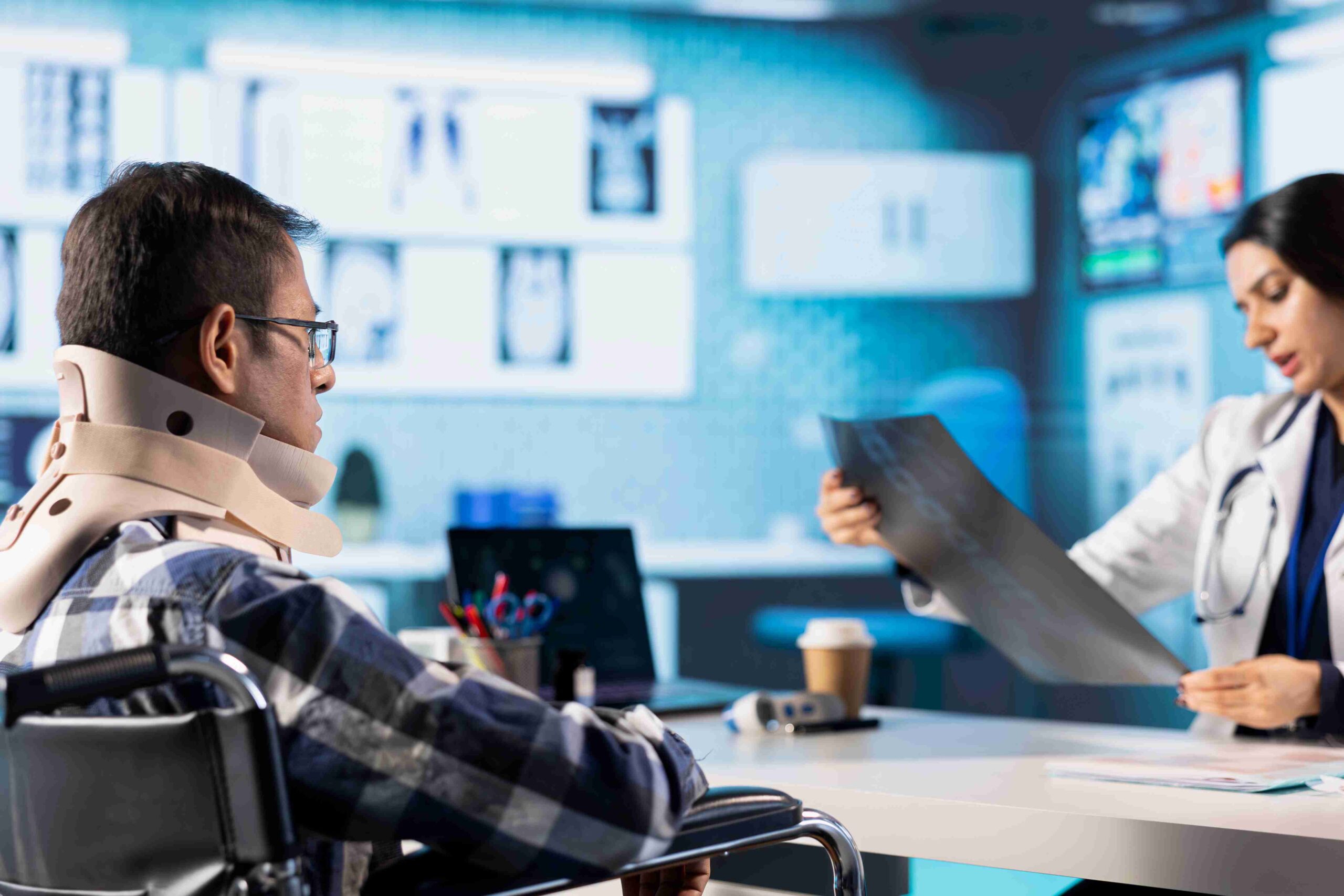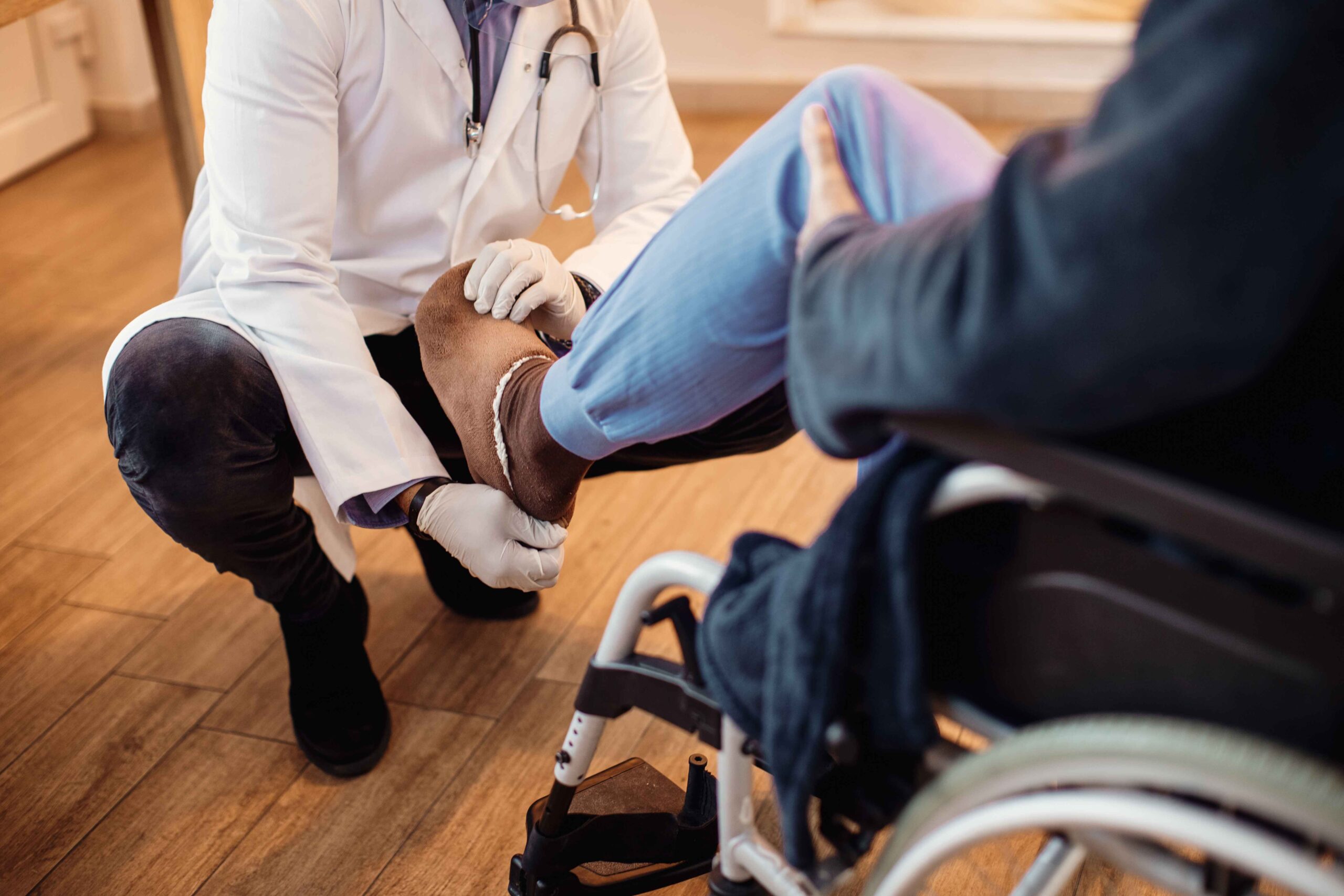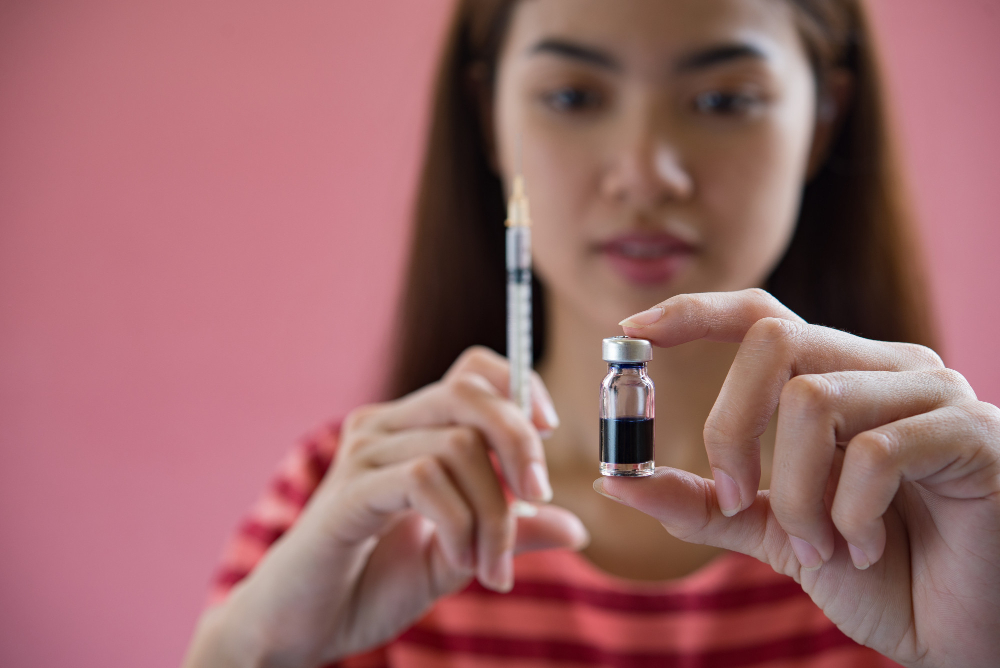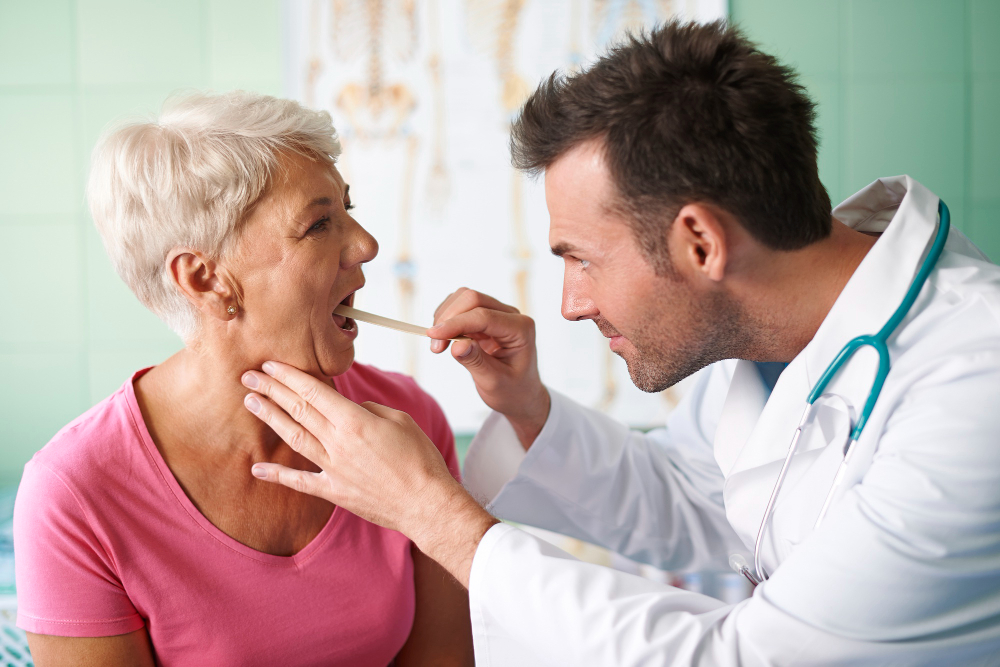
Last updated on by MRC
Paralysis affects a person’s mobility, strength, and quality of life depending on where the brain or spinal cord is damaged. Understanding the difference between hemiplegia vs paraplegia and paraplegia vs quadriplegia helps families recognize early warning signs and seek timely medical support.
At MRC (Medical Rehabilitation Centre), Kolkata, a multidisciplinary team provides structured rehabilitation programs designed to help patients regain independence and enhance long-term outcomes. This guide explains the major types of paralysis, their causes, symptoms, and how rehabilitation supports recovery.
Hemiplegia is a neurological condition that leads to paralysis on one side of the body. It often occurs when the opposite side of the brain is damaged due to stroke, trauma, or other neurological diseases. The degree of paralysis varies based on the severity of brain injury, making early diagnosis essential for better recovery.
Paraplegia occurs when the lower half of the body, including both legs, becomes paralyzed. It typically results from spinal cord injury or diseases affecting the thoracic or lumbar regions. The impact on mobility and sensation can be partial or complete.
Quadriplegia (tetraplegia) is the most severe form of paralysis, affecting all four limbs and the trunk. It occurs due to damage to the cervical spinal cord, significantly affecting mobility, sensation, and in some cases, breathing capacity.
Below is a clear comparison table to help understand the differences among hemiplegia, paraplegia, and quadriplegia:
| Type of Paralysis | Primary Causes | Common Symptoms |
|---|---|---|
| Hemiplegia |
|
|
| Paraplegia |
|
|
| Quadriplegia |
|
|
Recovery from hemiplegia, paraplegia, or quadriplegia is a long-term journey. A structured rehabilitation plan helps restore strength, increase movement, and improve independence. MRC follows a patient-centered approach combining advanced therapy with compassionate care.
MRC offers comprehensive, evidence-based rehabilitation for all types of paralysis. With expert neurologists, physiatrists, physiotherapists, occupational therapists, and advanced rehabilitation equipment, MRC delivers personalized care that prioritizes patient comfort, safety, and meaningful recovery. As one of the trusted centres for paralysis hospital in Kolkata, MRC ensures continuous support for patients and families throughout their rehabilitation journey.
Understanding the differences between hemiplegia, paraplegia, and quadriplegia helps patients and caregivers recognize symptoms early and seek timely rehabilitation. With the right treatment approach and consistent therapy, recovery is possible. At MRC, each paralysis patient receives customized support aimed at restoring mobility, strength, and independence.









